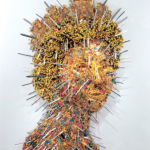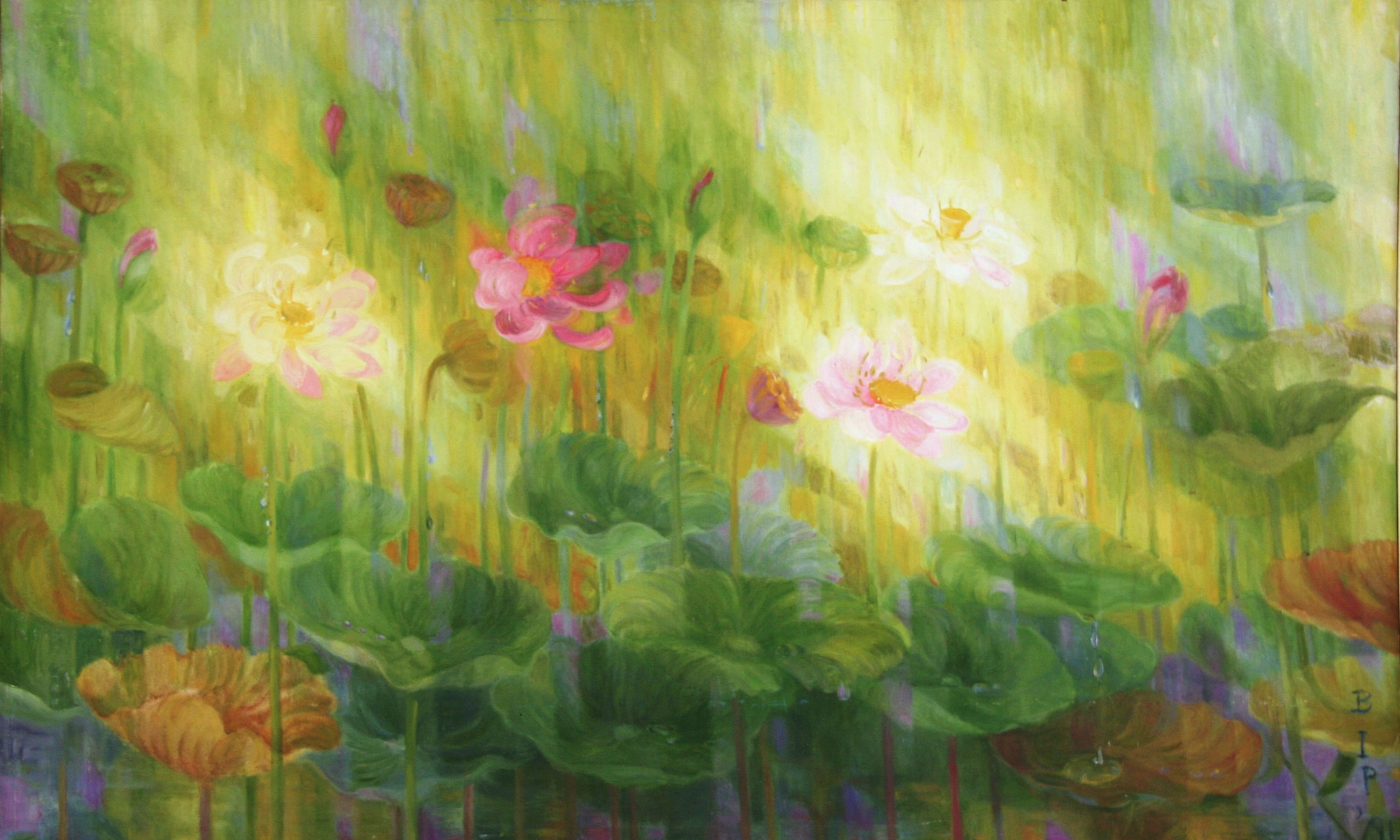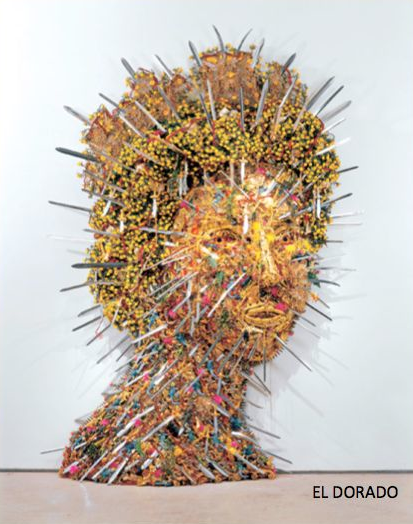Activity: Art Lecture
Host: Moray House Trust
Date: 21 January 2013
 Hew Locke is the son of Guyanese artists Donald and Leila Locke and spent his formative years (1966-1980) in Guyana. Locke’s work merges influences from both Guyanese and British cultures: his pieces stand at a crossroads of cultures, mediums and historical references. He explores and interrogates the subject of power in many forms particularly through the representation of public statuary, trophies, company share certificates, weaponry, royalty and costume.
Hew Locke is the son of Guyanese artists Donald and Leila Locke and spent his formative years (1966-1980) in Guyana. Locke’s work merges influences from both Guyanese and British cultures: his pieces stand at a crossroads of cultures, mediums and historical references. He explores and interrogates the subject of power in many forms particularly through the representation of public statuary, trophies, company share certificates, weaponry, royalty and costume.
Video Clips
‘Twenty Years of Survival’
You Tube Clip: http://youtu.be/rzaWc71Yhjk
Hew Locke, the son of Guyanese artists Donald and Leila Locke, spent his formative years in Guyana and went on to study art and practise as an artist in the UK. On a recent visit to Guyana, he described some of his art installations and the ideas that inspired the work for an audience at Moray House Trust.
‘Strange Images of the Queen’
You Tube Clip: http://youtu.be/mcS86OCpcxw
Locke has become known in art circles for his unusual images of the Queen of England. He showed a few of them in this clip. ‘The face became a landscape’ he said, in describing the thought processes that led to pieces such as ‘Dream Queen’ and ‘El Dorado’ (a sculpture made of plastic toys).
‘How Power Shifts’
You Tube Clip: http://youtu.be/zC-Imx4XvEc
In the wake of the 2008 banking crisis, Hew Locke used share certificates to show ‘how history changes, how power shifts’. He installed a graveyard for dead companies in Bristol and created an image of himself (part bandit, part madman) to turn his gaze back on his audience. This is the third part of a talk given at Moray House Trust in January 2013.
Art and Garbage in Georgetown
You Tube Clip: http://youtu.be/YB1YjNYT7oE
Hew Locke proposed a few creative solutions to the proliferation of garbage in Georgetown. He also talked about the ‘concrete baroque’ style of architecture now in evidence in the capital: a phenomenon dubbed ‘gothic awful’ by another member of the audience, proving, perhaps, that art is truly a question of perspective.

